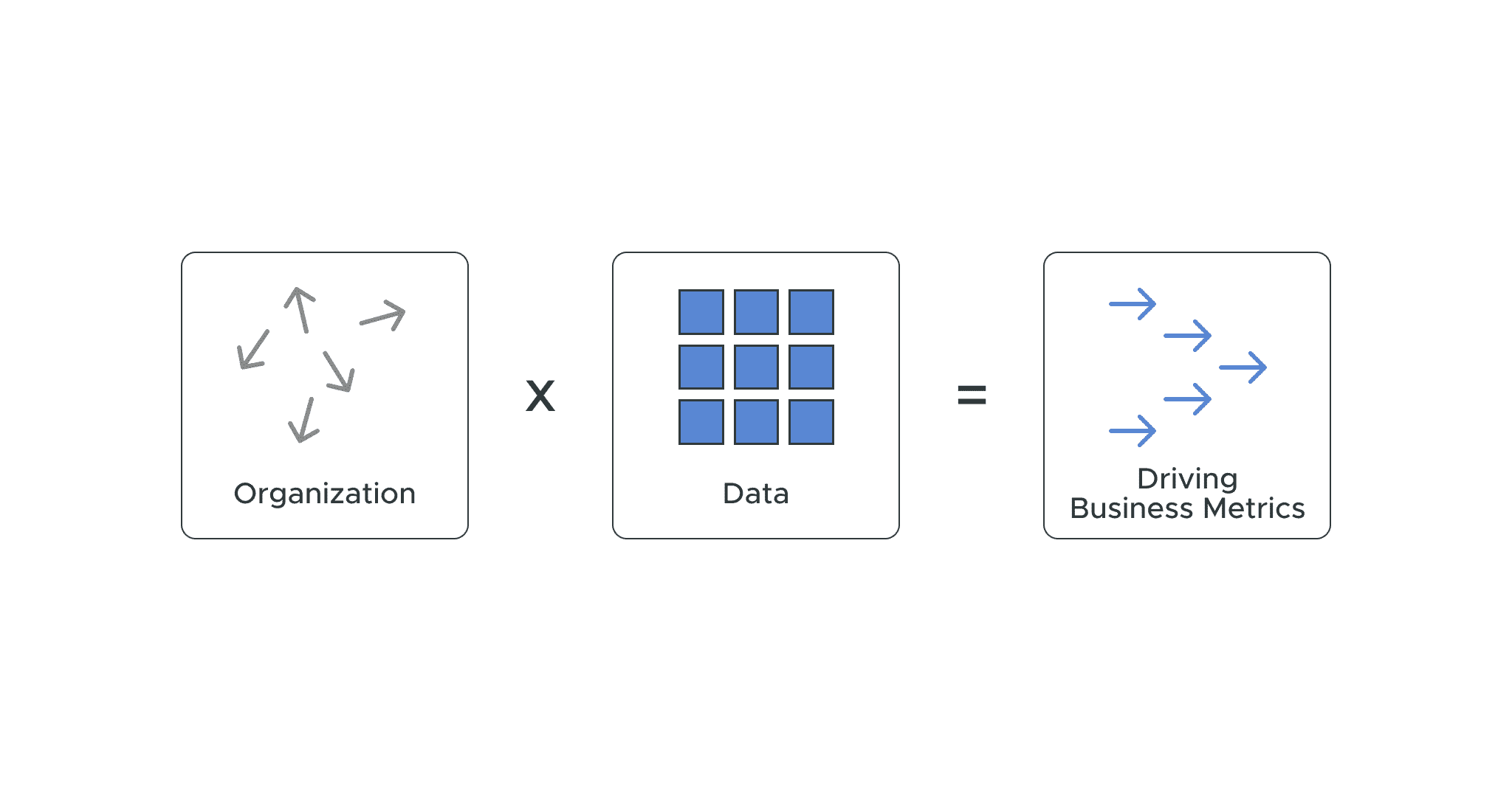
Using data has become all the rage — there is hardly any organization that does not have a data and analytics team to understand their customer preferences better and gain a competitive advantage. As per a survey by Forrester, 63% of the decision-makers emphasize the role of data and analytics in their strategic planning. But having an analytics team is one thing. Being able to aptly leverage their skills and analytical capabilities to drive business metrics is a different ball game altogether.
Data is a Valuable Business Asset
The advent of the digital world has made many organizations data-rich. Data availability is no longer a constraint
Welcome to the era of a data-driven culture.
Organizations are actively working on devising a data strategy to make the most of their analytics team’s potential and yield greater business returns. While there may be multiple business growth initiatives planned for the quarter or year ahead, data can help businesses enrich planning cycles and focus on what really matters.
As reported in VentureBeat, 54% of organizations witness increased revenues with data analytics — and 44% have gained a competitive advantage by using advanced analytics.
Data is an asset that can be monetized in many ways. Not only does data have the potential to enhance operational efficiencies within an organization, but it can also bridge the gap between a customer’s expectations and businesses’ current offerings. Whichever business can understand and work to fill this gap fastest becomes a leader in the competitive space.
But how can organizations learn to strengthen their analytical capabilities in the initial phase of obscurity? Does every organization need to do it from the ground up, or can a set of best practices, guidelines, and principles that are common across different organizations help businesses get off the ground?
In this article, we will review the best practices that organizations can adopt to accelerate their digital transformation journey.
Data as a Culture
Gone are the days when intuitive business understanding was used to drive decisions. The pandemic has shown the importance of business agility in tandem with rapidly changing user dynamics and patterns. As most businesses pivot toward data-centric decision-making, all employees— technical and non-technical alike — must contribute to data-driven insights and actions.
Unity Between Business Teams and Data Teams
Mandating a data culture calls for abjuring old-school thoughts that tell us data is only the technical users’ responsibility. Business users and data analysts need to come together to frame the charter to achieve the business objective. Not only are better insights generated from such unity, but the actionable insights are kindled much faster due to a significant reduction in repeat cycles of the analysis.
Know Thy Business (a.k.a. Data) Better
As highlighted in a recent Forbes article, “The challenge companies have is combining and making business sense out of multiple sources of disparate information.”
Data is indispensable in fueling an organization’s growth. That in mind, data availability, the ability to maintain superior data quality, and data accessibility are all key business focuses.
Organizations need to take inventory of their current offerings and analyze where they envision themselves in the strategic and digital transformation journey. This calls for identifying the strengths and weaknesses, similar to performing SWOT (Strength, Weakness, Opportunity, and Threat) analysis.
This analysis will give a platform to estimate the opportunity size and prioritize the focus on the key projects.
The Role of a Semantic Layer
To put this plan into action, leaders need to build processes and policies to enable data access to the right teams. One of the most important policies is to ensure that everyone on the team understands the objective of an initiative and uses the same vocabulary to describe it. No project should begin without this firm understanding of what the metric for success is, and how it is defined.
For example, the KPI for an initiative could be defined in terms of a percentage increase in the number of clicks, increased clickthrough rate, or the actual increase in conversions.
The bottom line: It’s essential to ensure that everyone in the organization is consistent with the business glossary and taxonomy. That’s where the semantic layer comes into play.
How Does a Semantic Layer Amp Up the Digital Maturity Index of your Organization?
An organization is digitally mature if all its actions are driven by meaningful, new, and trustworthy data. But it’s easier said than done. Some commonly asked questions from organizations that struggle with managing their data assets are:
- What is the purpose of my data?
- Where can I find the right and relevant data?
- How do I access data?
- Who is responsible for data maintenance?
The answers are within the semantic layer. A semantic layer removes data silos and provides one go-to place for different data consumers to search and access data.
A Semantic Layer: The First Step in Your Data Journey
This post focuses on underlining the importance of having a data and analytics team and how it can drive business success. It also shared the key factors that distinguish industry leaders from laggards in terms of how they exploit the potential of data. The core of all initiatives centers around adopting a data culture and calls for aligning the business teams and data teams together. A semantic layer can help bring those two entities together with coherence across teams.
To learn more about the power of a semantic layer, download this compilation of semantic layer white papers.
SHARE
ANALYST REPORT